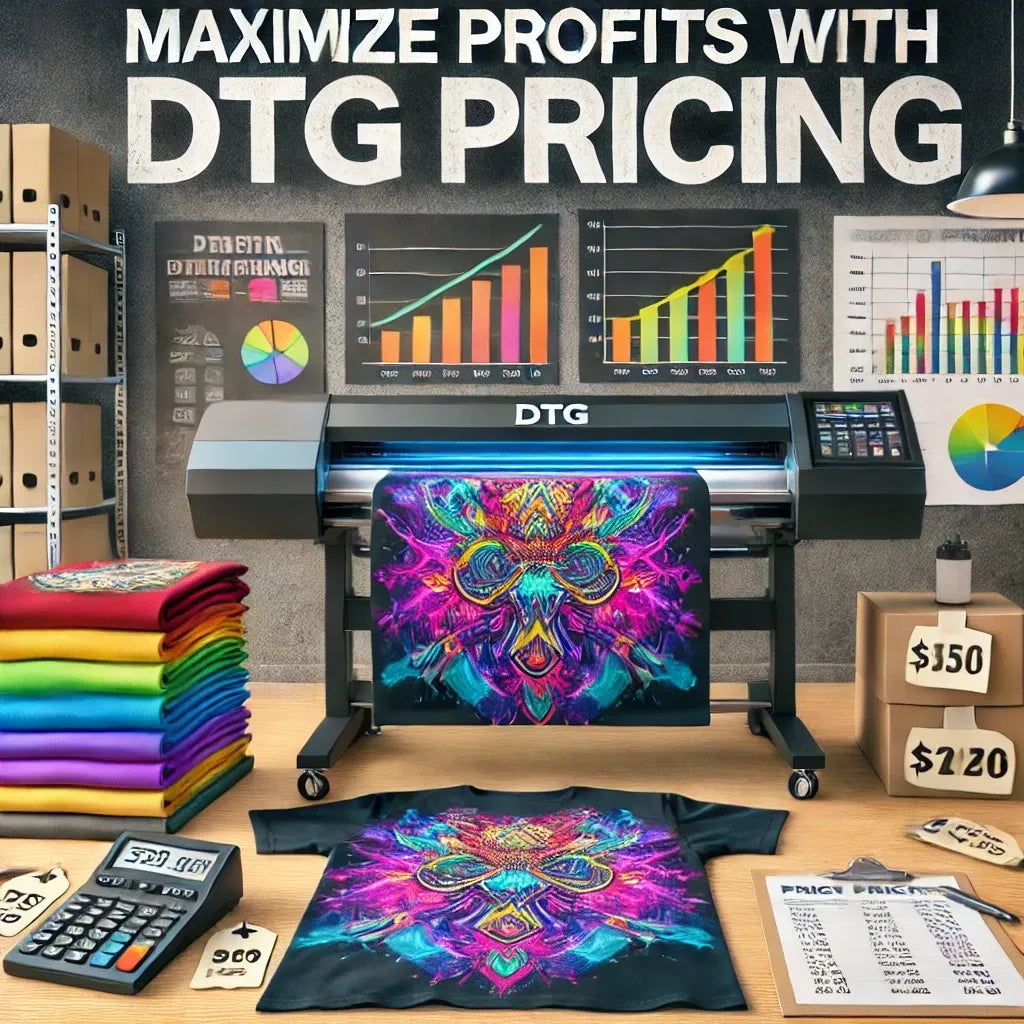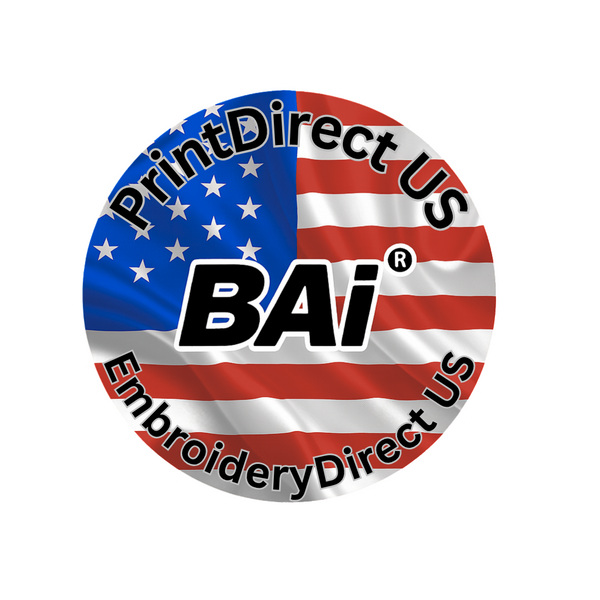
How to Price Your Garment Printing Services for Maximum Profit
Share
Setting the right price for your Direct-to-Garment (DTG) printing services can be challenging, but it’s crucial for maintaining a profitable business. Price too high, and you risk losing customers to competitors; price too low, and you may not cover your costs. Here’s how to strike the perfect balance between being competitive and ensuring maximum profitability.
1. Understand Your Costs
The first step in pricing your DTG services is understanding all your costs. These include:
- Material Costs: Ink, pretreatment solutions, and garments.
- Labor Costs: Time spent on design, printing, and quality control.
- Machine Costs: Depreciation, maintenance, and any leasing or financing payments.
- Overhead Costs: Utilities, rent, and other fixed expenses.
Calculating the total cost per print will give you a baseline for your pricing. For instance, if your total cost per shirt is $10, you’ll need to charge more than that to make a profit.
2. Research Market Rates
Investigate what your competitors are charging for similar services. This gives you a benchmark to ensure your prices are competitive. Keep in mind that prices can vary based on factors such as location, print complexity, and turnaround time. Your goal is to position your pricing within the market range while reflecting the value you provide.
3. Factor in Profit Margins
Once you’ve determined your costs and researched market rates, it’s time to factor in your desired profit margin. A common approach is to add a markup of 30% to 50% on top of your costs. For example, if your cost per shirt is $10 and you want a 40% profit margin, you would price the shirt at $14.
The exact margin will depend on your business goals, the level of service you provide, and your target market’s willingness to pay.
4. Consider Volume Discounts
Offering discounts for bulk orders can attract larger clients and increase your overall sales volume. However, be careful to ensure that your reduced price still covers your costs and includes a profit margin. For example, you might offer a 10% discount for orders over 100 shirts, but only if your costs are low enough to absorb that discount while still being profitable.
5. Set Different Prices for Different Services
Not all DTG jobs are created equal. Complex designs with multiple colors or intricate details require more time, effort, and ink, so they should be priced higher than simpler designs. You might also consider charging more for rush orders or for printing on specialty garments like hoodies or jackets.
6. Communicate Value to Your Customers
Sometimes, customers are willing to pay a higher price if they perceive the value to be greater. Highlight the quality of your prints, the quick turnaround times, your exceptional customer service, and any other aspects that set you apart from competitors. The more value you can demonstrate, the easier it will be to justify your pricing.
7. Regularly Review and Adjust Prices
The market for DTG printing can fluctuate due to changes in material costs, competition, or customer demand. Regularly review your pricing to ensure it reflects current conditions. Don’t be afraid to adjust your prices when necessary, whether it’s increasing them to cover rising costs or offering temporary discounts to attract new customers.
Conclusion
Pricing your DTG printing services requires a balance of understanding your costs, knowing the market, and communicating your value to customers. By carefully considering these factors, you can set prices that are both competitive and profitable, ensuring the long-term success of your business.
